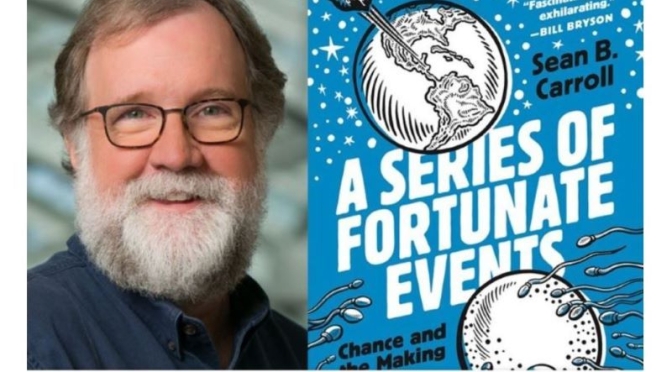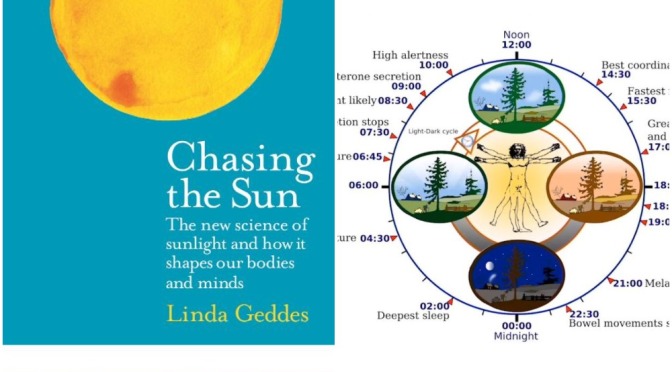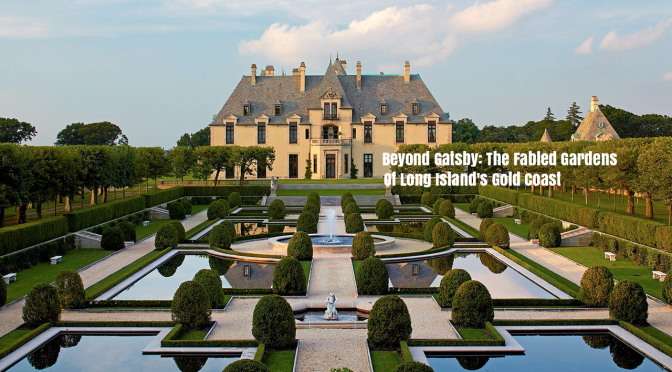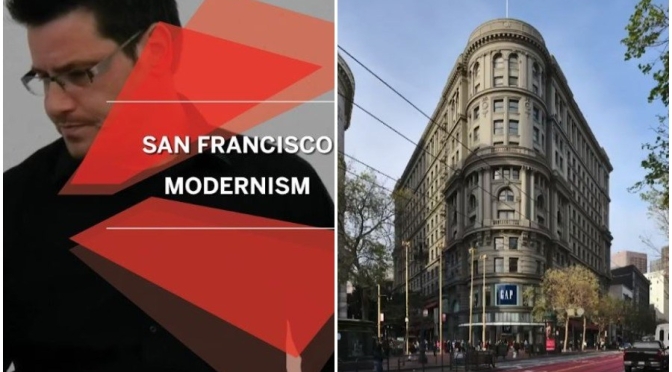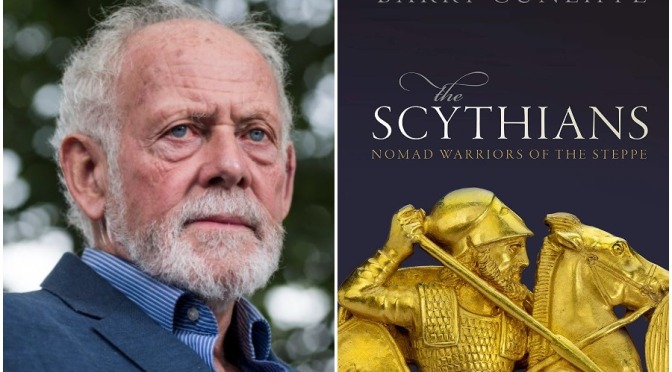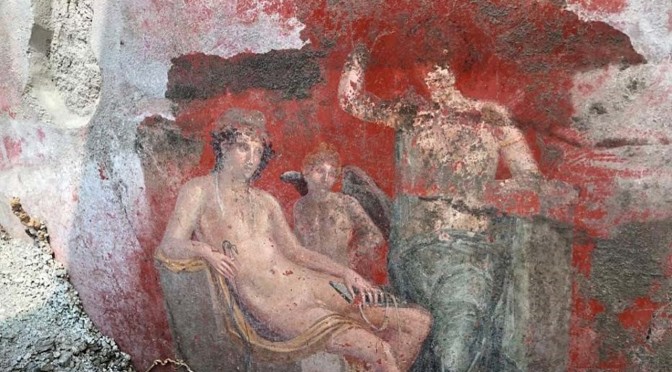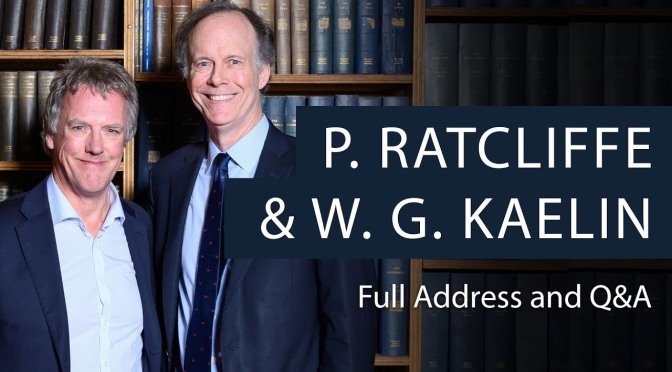Is simple chance the source of all the beauty and diversity we see in the world? Sean B. Carroll tells the story of the awesome power of chance. Sean’s book “A Series of Fortunate Events” is available now: https://geni.us/mPPrdQH
Watch the Q&A: https://youtu.be/adrqThhSgYg
Why is the world the way it is? How did we get here? Does everything happen for a reason or are some things left to chance? Philosophers and theologians have pondered these questions for millennia, but startling scientific discoveries over the past half century are revealing that we live in a world driven by chance.

Sean B. Carroll is an award-winning scientist, writer, educator, and film producer. He is Vice President for Science Education at the Howard Hughes Medical Institute and the Balo-Simon Chair of Biology at the University of Maryland. His books include The Serengeti Rules (Princeton), Brave Genius, and Remarkable Creatures, which was a finalist for the National Book Award. He lives in Chevy Chase, Maryland. This talk and Q&A was recorded by the Royal Institution on 6 October 2020.

